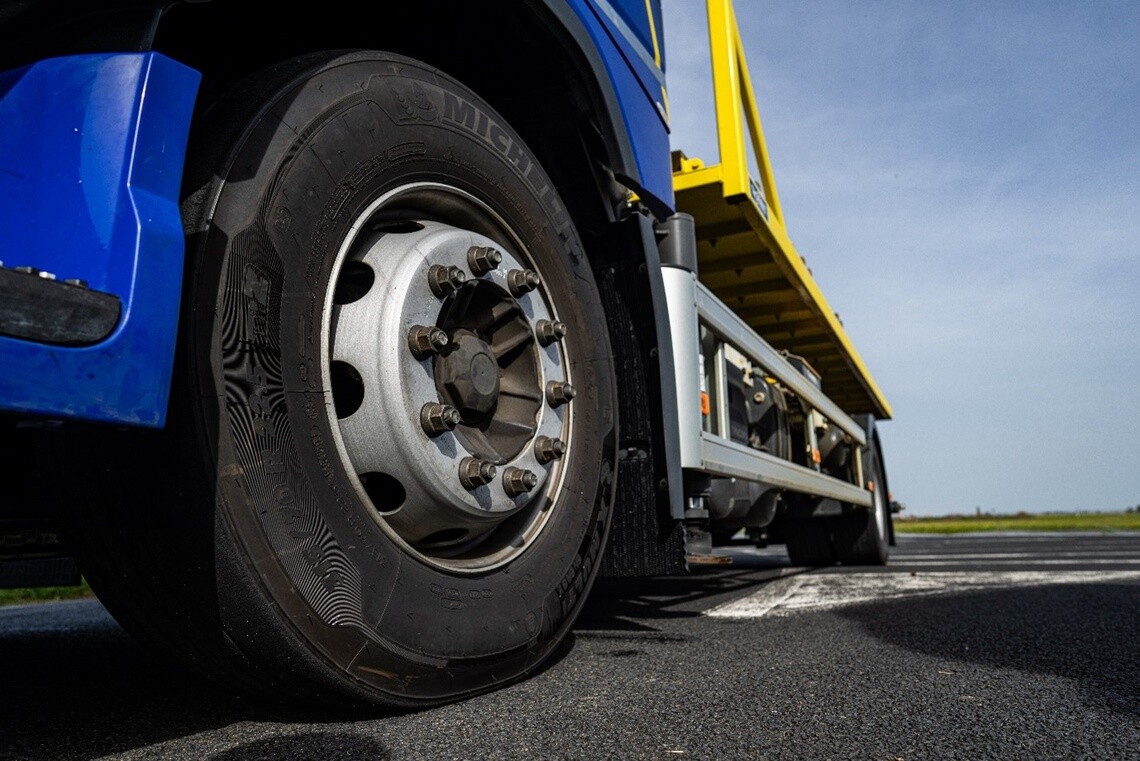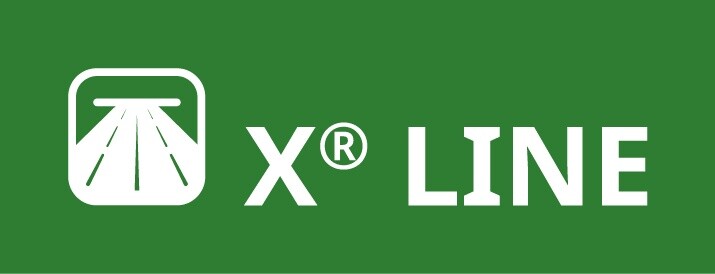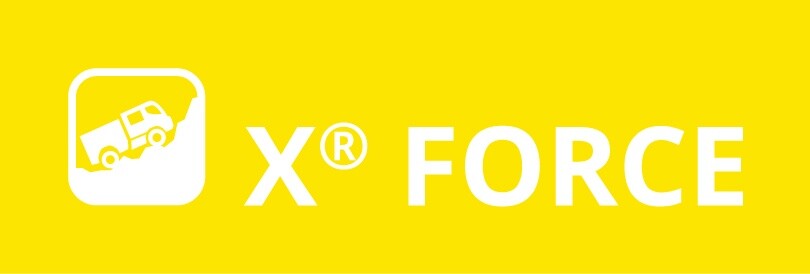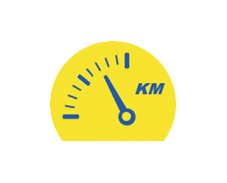
Background Michelin truck tyre mounted Help and Advice
pneu michelin monté sur camion
How to Choose the Right Truck Tyres
4 simple steps. That's all you need to choose the right truck tyres, as well as coach and construction machinery tyres. To make it easier for you, we explain each of these steps in this guide. Read on to find out all about it.
Choosing the right truck tyres has a number of advantages such as safety and efficiency, but not only that. Others, such as saving fuel or reducing CO2 emissions, can be significant benefits for your business.
How do you choose the right truck tyres? Follow the guide!
STEP 1: Determine the right truck tyre size
The truck tyre size must be approved by the vehicle manufacturer and must at least meet the axle's maximum load capacity. An axle's maximum load carrying capacity which is set by the vehicle manufacturer in line with current regulations.
But beware: simply fitting this axle with truck tyres that can carry a larger load does not mean you can exceed the manufacturer's approved capacity.
Each tyre size corresponds to one or more suitable wheels, including in terms of rim width: see the ETRTO's "Standards Manual" and/or the vehicle manufacturer's recommendations.

MICHELIN truck tyre
Fitting truck tyres on unapproved wheels can cause:
- damage to the wheels and/or tyres,
- an unsatisfactory tyre-to-road footprint,
- and an abnormal tyre workload which can undermine the safety, behaviour, grip and service life of the tyres.
For more info, read our article: Truck tyre size chart : what tyre sizes fit my truck?
STEP 2: Define the correct truck tyre use
MICHELIN offers six ranges of tyres for transport and worksite vehicles. Each one is designed and adapted to a specific business application and ready to help you optimise your operating costs. To select the right tyre, it is essential to take into account the type of use and benefits of each range. Discover our different ranges and their specific features below:

MICHELIN TRUCK tyre ranges : MICHELIN X® LINE range
MICHELIN X® LINE range
Designed for long distance, high average speed, international journeys, constant speed.

MICHELIN truck tyre range: MICHELIN X® MULTI range
MICHELIN X® MULTI range
Designed for national and regional operations, on all types of roads.

MICHELIN truck tyre range: MICHELIN X® WORKS range
MICHELIN X® WORKS range
Designed for roads, in and around worksites and quarries.

MICHELIN truck tyre range: MICHELIN X COACH range
MICHELIN X® COACH range
Designed for people transportation, for long and short distance, on all types of roads.

MICHELIN truck tyre range: MICHELIN X® INCITY range
MICHELIN X® INCITY range
Designed for journeys in urban and suburban driving.

MICHELIN truck tyre range: MICHELIN X® FORCE range
MICHELIN X® FORCE range
Designed for specialised, civil or military vehicles, mostly driven on off-road surfaces.
STEP 3: Identify the right benefit
MICHELIN truck tyres also offer specific benefits. It's up to you to choose the ones that best meet your needs.

Pictogram: more mileage
Increase mileage

pictogram: less co2
Less waste/CO2

Pictogram: greater safety
Greater safety

pictogram: fewer worries
Peace of mind
The benefits are described on our product sheets.
Example: For a large truck on long-distance journeys, the MICHELIN X® LINE ENERGYTM TYRE range makes it possible to reconcile economy and energy thanks to optimised rolling resistance, resulting in fuel savings and lower CO2 emissions.
STEP 4: Choose the right tread pattern
There are rules which HAVE TO BE followed when choosing the tread pattern of your tyres. In fact, some tread patterns are only intended for specific axles. Letters are used to indicate the position in which the tyres should be fitted. This diagram will help you understand.
For example, truck tyres marked with the letter F must be fitted on the Front axle.
Here are some concrete examples:
MICHELIN X® MULTI F = F for Front (steering axle)
MICHELIN X® LINE ENERGYTM D = D for Drive (drive axle)
MICHELIN X® MULTI T = T for Trailer (trailer axle)
MICHELIN X® INCITY Z = Z in multiple positions including Front (steering axle)

Edito tyre choice page 18 Help and Advice
F = Front | D = Drive | T = Trailer |
| ||
Steering axle: use only “F” or “Z” tread patterns.
These tread patterns are designed and manufactured to cope with the specific stresses and strains imposed on the steering axles of motor vehicles:
- load capacity,
- slack with dynamic load transfer,
- scrubbing,
- axle geometry,
- high mileages, etc.
We recommend you do not fit MICHELIN Remix tyres on the first steering axle of motor vehicles, including the Z tread pattern.
Drive axle: use only “D” or “Z” tread patterns.
"D" tread patterns are designed to cope with the specific stresses and strains imposed on drive axles:
- transmissions of engine and brake torque,
- twinning, the highest axle load of the whole road-going setup, etc.
Truck tyres with a "Z" tread pattern can be fitted on drive axles, but given the stresses on this axle, you are likely to strike the best performance balance with "D" patterns. For some uses, "Z" patterns also offer excellent performance when used on a drive axle: in an urban setting, for example.
Trailer axle: use only “T” or “Z” tread patterns.
These patterns are designed to cope with the specific stresses on trailer axles:
- static and dynamic loads,
- scrubbing,
- high mileages on centre axles, etc.
Truck tyres with "T" tread patterns show load indices and speed ratings suited to towed vehicles (trailers or semi-trailers). When fitting truck tyres with "Z" tread patterns, check that the load indices and speed ratings are suited to the needs of the axle.
MICHELIN truck tyres with "T" tread patterns in Europe display the "FRT" (Free Rolling Tyre) marking, standardised by the ETRTO. "T" tread patterns must therefore never be used on steering or drive axles.
The FRT marking
The term FRT (Free Rolling Tyre) is defined in ECE Regulation 54, paragraph 3.1.15.
The inscription "FRT" concerns truck tyres designed specifically for trailer axles (and axles of motor vehicles other than front steering and drive axles).
This regulation applies to all new truck tyres used in Europe: this means that tyres marked FRT are approved only to be fitted on trailer axles and must not be fitted on other types of axle.
Michelin also applies the FRT marking to MICHELIN Remix tyres. Michelin shall not be held liable for the consequences of any damage or injury caused by the use of truck tyres contrary to their recommendations. A 385/65 R 22.5 tyre with the FRT marking can be fitted on the last non-drive rear axle of a motor vehicle.
Other articles that may interest you:
Need more advice? Discover all MICHELIN truck tyre tips




